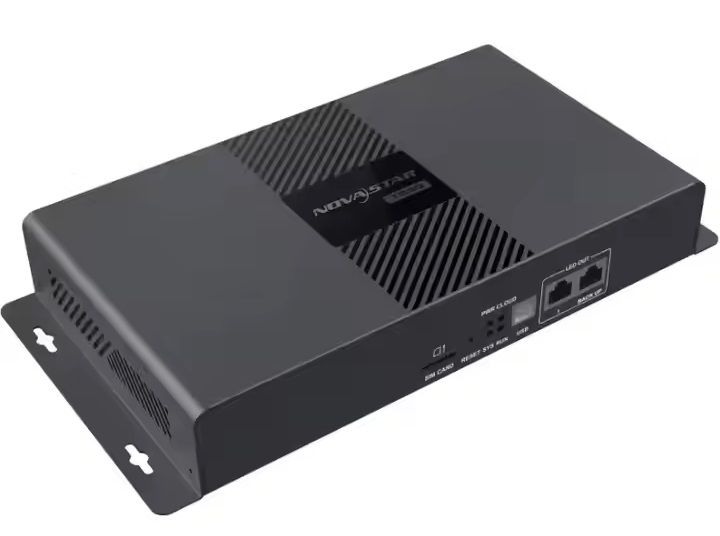industrial news
The quality of LED video processors directly affects the display effect of LED screens
The function of an LED video processor is to convert external image signals into signals that the LED display screen can accept. The quality of LED video processors directly affects the display effect of LED screens.
How does an LED video processor achieve perfect display on an LED screen?
Mainly including the following points:
1、 Screen zooming, the display mode of LED screens is point-to-point, which determines that LED screens can only display images that are consistent with their physical resolution size. LED video processors can scale images and output them in any size, completing the mapping of the entire desktop to the LED screen.
2、 Signal conversion and switching, video processing equipment can complete format conversion between numerous signals. Another important function of video processors is to manage various signals and flexibly switch between them quickly when multiple signals are connected.
3、 The improvement of image quality is due to the fact that the pixel spacing of LED display screens is much larger than that of other flat panel display media. Therefore, there are strict requirements for image processing technology, especially image enhancement technology. High quality LED video processors can use advanced algorithms to modify signals with poor image quality, perform a series of processing such as de interlacing, edge sharpening, motion compensation, etc., enhance image details, and improve picture quality.
4、 Large screen splicing, currently the dot pitch of LED displays is getting smaller and the external dimensions are becoming larger, which makes the physical resolution of LED screens very large. The LED video processor has splicing function and can drive high-resolution screens, making it a cost-effective driving method.
5、 Multi screen processing, in many special scenarios, a display screen needs to display multiple images of the same or different signals. Video processors with multi screen processing capabilities can flexibly meet such display requirements.
In the era of high-definition LED displays, video processors not only carry a large amount of work such as image processing and analysis, encoding and decoding compression, but also embed a large number of intelligent analysis algorithms to analyze massive amounts of data.
Due to the influence of regional weather and other factors, outdoor display screens are different from day and night, and from sunny to rainy days. How can LED screens match the changes in weather to display perfect images?
This requires video processors to have superior image quality improvement capabilities and advanced image scaling algorithms to ensure that the video image maintains maximum clarity and grayscale levels after scaling processing. In addition, the video processor needs to have rich image adjustment options and effects to process the brightness, contrast, and grayscale of the image, in order to ensure a soft and clear screen output.

